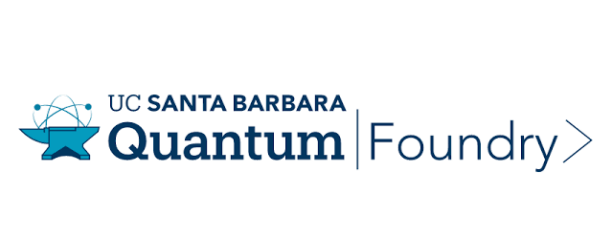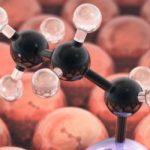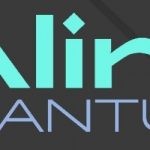Potential New Superconductor Created at UCSB’s NSF Quantum Foundry

(HPC.Wire) Since receiving a $25 million grant in 2019 to become the first National Science Foundation (NSF) Quantum Foundry, UC Santa Barbara researchers affiliated with the foundry have been working to develop materials that can enable quantum information–based technologies for such applications as quantum computing, communications, sensing, and simulation.
Now, foundry co-director and UCSB materials professor Stephen Wilson, and multiple co-authors, including key collaborators at Princeton University, have published a paper in the journal Nature Materials that reports their study a new material developed in the Quantum Foundry as a candidate superconductor — a material in which electrical resistance disappears and magnetic fields are expelled— that could be useful in future quantum computation.
Materials scientists and physicists have long predicted that a material could be made that would exhibit a type of charge density wave order that breaks what is called time reversal symmetry. “That means that it has a magnetic moment, or a field, associated with it,” Wilson said. “You can imagine that there are certain patterns on the kagome lattice where the charge is moving around in a little loop. That loop is like a current loop, and it will give you a magnetic field. Such a state would be a new electronic state of matter and would have important consequences for the underlying unconventional superconductivity.”
The role of Wilson’s group was to make the material and characterize its bulk properties. The Princeton team then used high-resolution scanning tunnelling microscopy (STM) to identify what they believe are the signatures of such a state, which, Wilson said “are also hypothesized to exist in other anomalous superconductors, such as those that superconduct at high temperature, though it has not been definitively shown.”
This is exactly the kind of work for which the Quantum Foundry was established. “The foundry’s contribution is important,” Wilson said. “It has played a leading role in developing these materials, and foundry researchers discovered superconductivity in them and then found signatures indicating that they may possess a charge density wave. Now, the materials are being studied worldwide, because they have various aspects that are of interest to many different communities.
“They are of interest, for instance, to people in quantum information as potential topological superconductors,” he continued. “They are of interest to people who study new physics in topological metals, because they potentially host interesting correlation effects.
If KV3Sb5 turns out to be what it is suspected of being, it could be used to make a topological qubit useful in quantum information applications. For instance, Wilson said, “In making a topological computer, one wants to make qubits whose performance is enhanced by the symmetries in the material, meaning that they don’t tend to decohere [decoherence of fleeting entangled quantum states being a major obstacle in quantum computing] and therefore have a diminished need for conventional error correction.



















